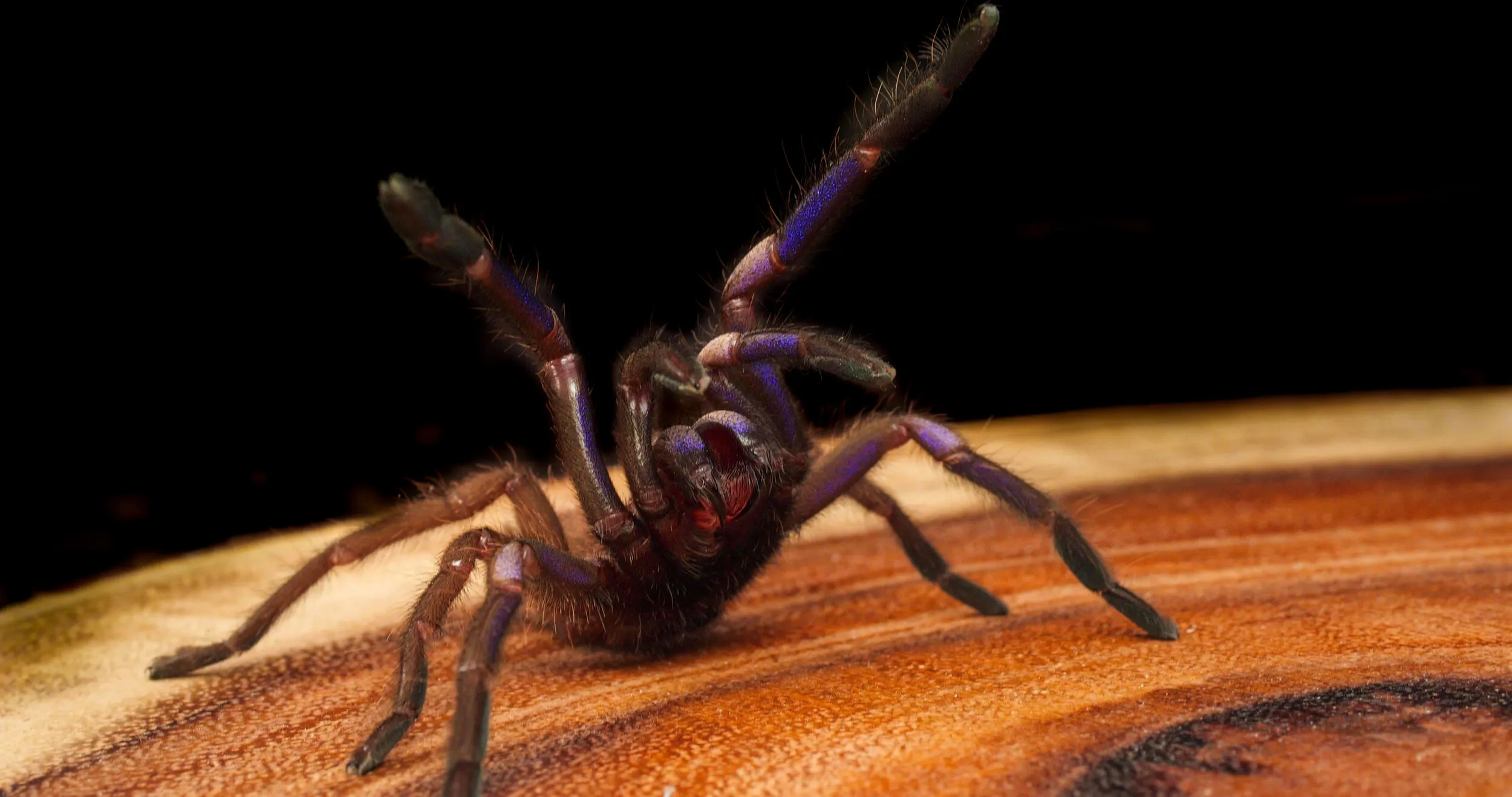Enclosure The Perfect Tarantula Home
Setting up a tarantula enclosure is the first and arguably most crucial step in tarantula keeping. Providing a suitable habitat is essential for the tarantula’s well-being, allowing it to thrive in a controlled environment that mimics its natural habitat. The enclosure should not only provide physical security but also regulate temperature, humidity, and offer opportunities for natural behaviors like burrowing or web-spinning. Proper enclosure setup minimizes stress, reduces the risk of escape, and allows you to observe your fascinating pet closely.
Size Matters Choosing the Right Enclosure Size
The size of the enclosure plays a vital role in tarantula health and happiness. An enclosure that is too small can restrict movement and inhibit natural behaviors, causing stress. Conversely, an enclosure that is too large may make it difficult for the tarantula to find food and can also make it feel insecure. The general rule is that the enclosure should be at least twice the tarantula’s leg span in length and width. Vertical space should be considered too, especially for arboreal species, allowing them to climb and create webs. Consider the species’ growth rate and potential adult size when selecting an enclosure.
Substrate Creating a Comfortable Environment
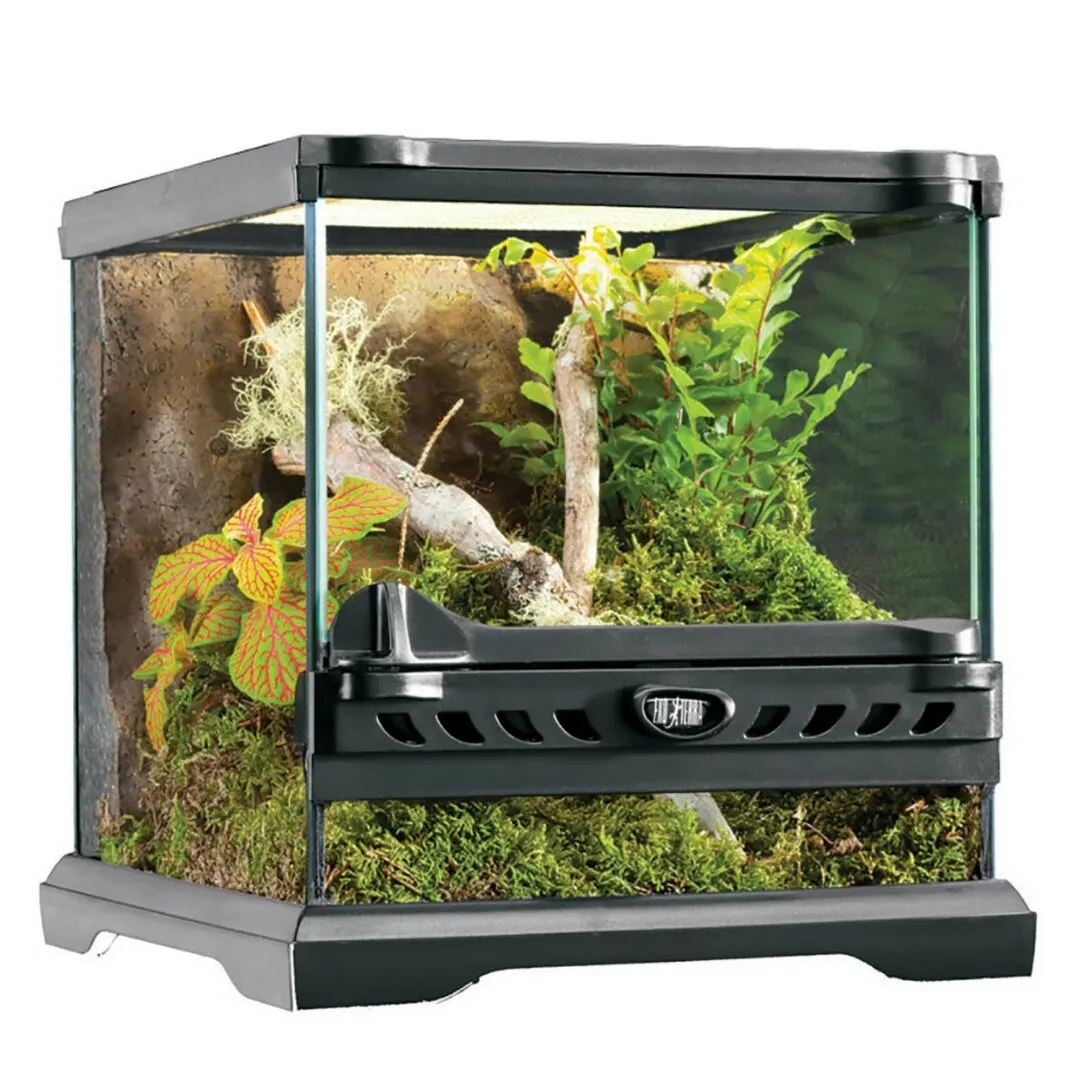
The substrate is the flooring material inside the enclosure and serves multiple functions. It allows tarantulas to burrow, provides a natural walking surface, helps regulate humidity, and absorbs waste. The choice of substrate is important to consider based on the tarantula’s natural habitat and species-specific needs. A proper substrate helps maintain a healthy environment and promotes the tarantula’s overall comfort and wellbeing. The substrate should be deep enough to allow for burrowing in terrestrial species and offer adequate humidity levels for all species. Consider the tarantula’s species-specific requirements as some prefer drier environments.
Substrate Types
Several substrate options are suitable for tarantula enclosures. Coconut fiber is a popular choice, as it holds moisture well, resists mold, and provides a natural look. Sphagnum moss can also be added to the substrate to retain humidity. Peat moss is another option but can be acidic and needs to be thoroughly rinsed before use. Avoid substrates with sharp materials. The substrate’s depth should be sufficient to allow for burrowing or provide a stable surface. It is crucial to replace the substrate regularly to maintain cleanliness and prevent the build-up of harmful bacteria or mold. The proper substrate contributes to the overall success of the enclosure.
Humidity and Ventilation
Maintaining the correct humidity levels is vital for a tarantula’s health. The level of humidity needed varies depending on the species. Proper ventilation helps regulate humidity and prevents the build-up of mold and bacteria. Ensure the enclosure has adequate ventilation through holes in the lid or sides. Misting the enclosure regularly, especially for species that require high humidity. A hygrometer can monitor humidity levels, allowing you to make necessary adjustments. Ventilation must be balanced to provide proper airflow while maintaining the required humidity level. Monitoring is crucial, especially in different climate conditions.
Water Dish Providing Hydration
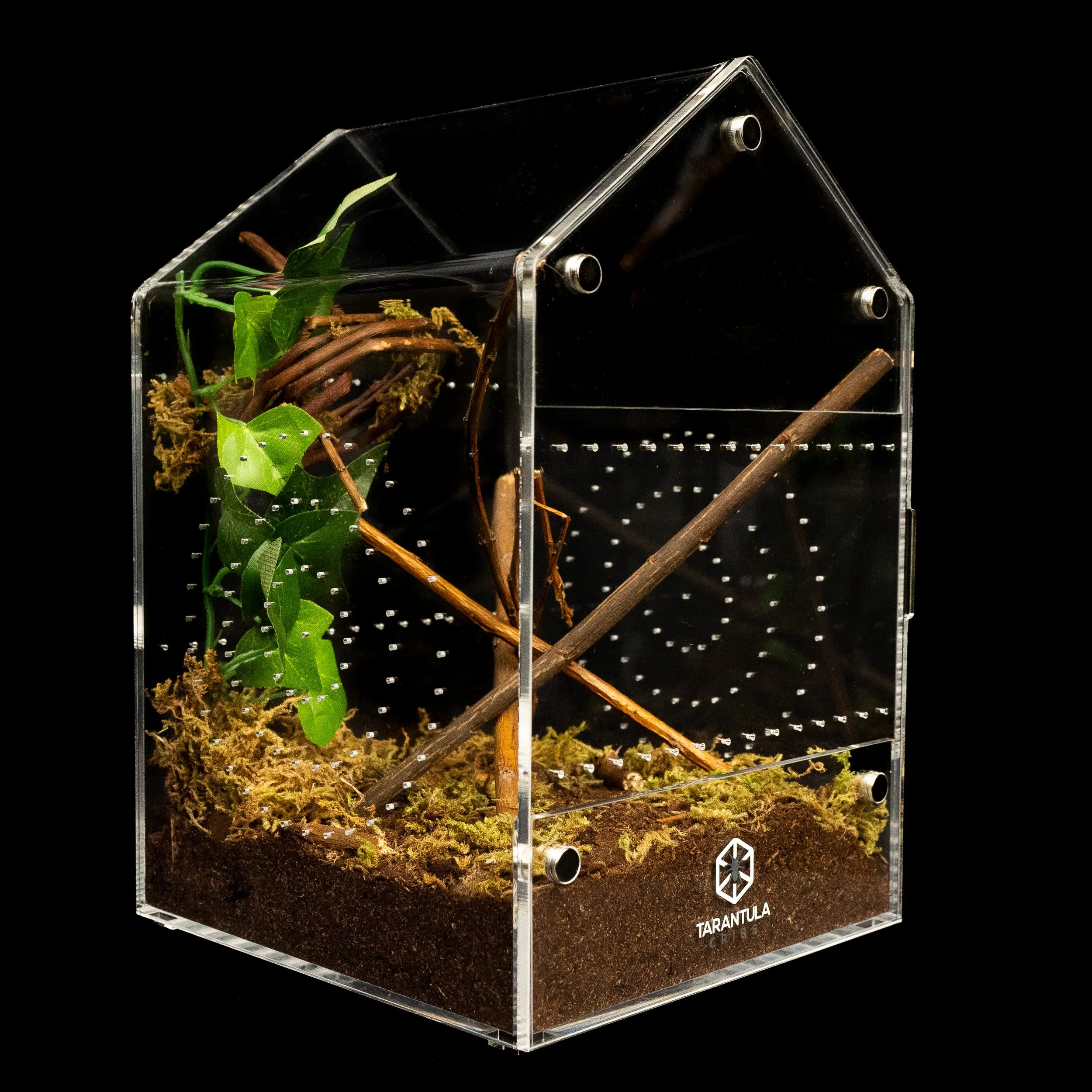
Providing fresh water is crucial for tarantulas to stay hydrated. They need a readily accessible water source in their enclosure at all times. The water dish should be shallow enough to prevent drowning while still providing enough water for the tarantula to drink. Keep the water clean and change it frequently to avoid the growth of bacteria or algae. Proper hydration is critical to their health, especially in arid conditions. The water dish should be placed in a secure location where the tarantula can easily access it without the risk of tipping it over. Ensure the water remains a safe and healthy source of hydration.
Dish Size and Material
The size and material of the water dish are important considerations. Choose a dish that is appropriate for the size of the tarantula. A small bottle cap might suffice for a spiderling, while an adult tarantula requires a larger dish. Shallow dishes are ideal to prevent the tarantula from drowning, even though they are good swimmers. Avoid using materials that are porous or can harbor bacteria. Ceramic or plastic dishes are easily cleaned and do not absorb water, making them the ideal choice. The water dish should be stable and not easily tipped over, preventing spills that can affect humidity. Make sure the dish is placed on a level surface within the enclosure.
Water Quality Maintaining Clean Water
Regularly cleaning and maintaining the water dish is important to ensure the tarantula’s health. Water can quickly become contaminated with substrate, food, or bacteria. Change the water at least every other day, and more frequently if the tarantula is eating and generating waste. Use fresh, clean water that is free of chlorine and other harmful chemicals. Thoroughly clean the dish with warm, soapy water and rinse it well before refilling. The water dish is a critical aspect of tarantula care, and maintaining water quality will prevent potential health issues. Clean water promotes hydration, good health, and overall well-being of your tarantula.
Hiding Places Safety and Security
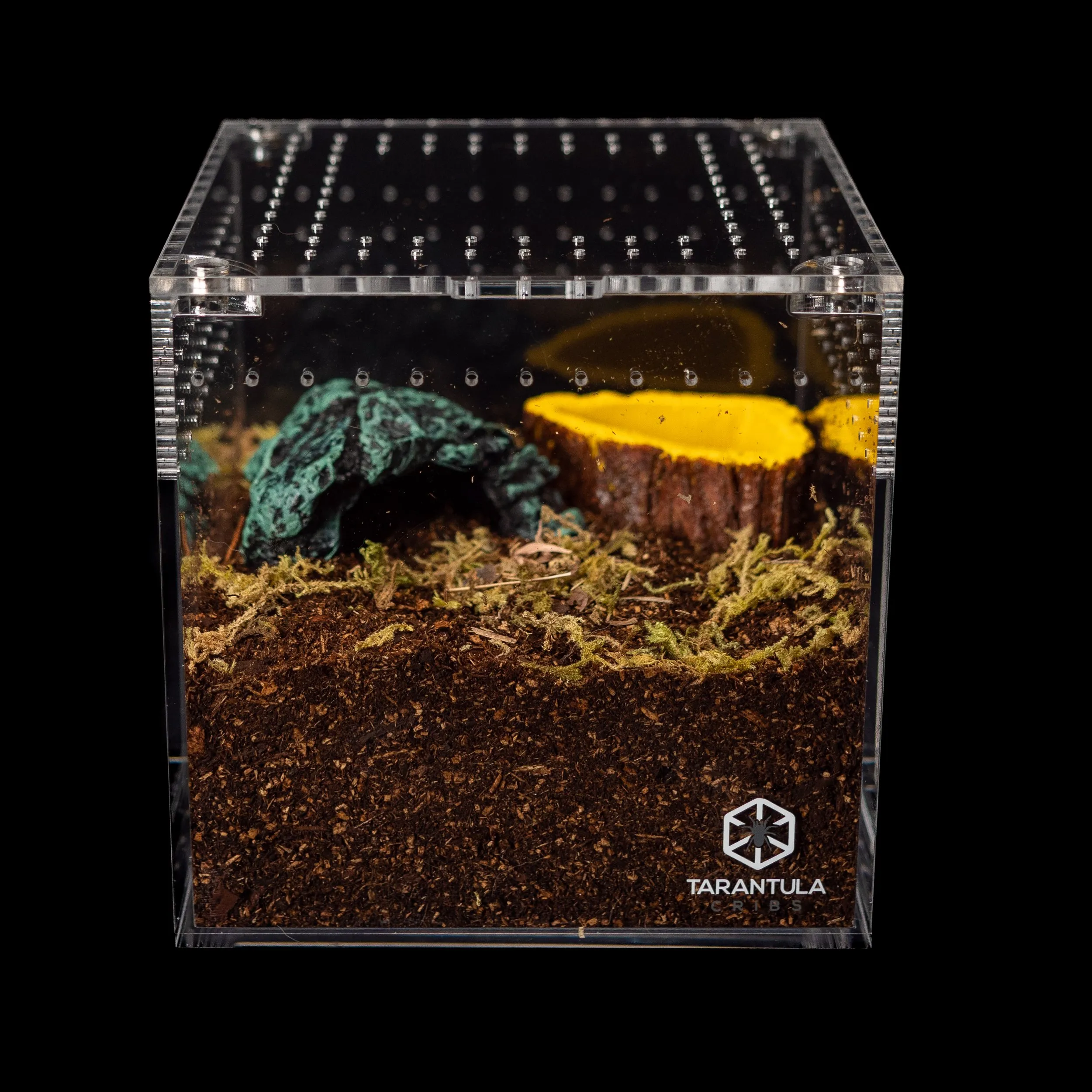
Tarantulas are naturally shy creatures that require hiding places to feel secure. Providing a hide allows the tarantula to retreat from view, reducing stress and promoting natural behaviors. A secure hide offers a retreat from potential perceived threats and provides a sense of security. The hide should be appropriately sized for the tarantula, offering enough space to easily enter and turn around. Without adequate hiding places, tarantulas may become stressed, refuse food, and exhibit other signs of distress. Offering a hiding place is not just an accessory but an essential part of the tarantula’s enclosure setup.
Types of Hides
A variety of hide options are available for tarantula enclosures. Cork bark is a popular choice because it provides a naturalistic appearance and offers a secure hiding space. Half-logs, artificial caves, and even flower pots can be repurposed as hides. The choice of hide should be appropriate for the species and the size of the tarantula. The hide should be placed in a location where the tarantula can easily access it. Ensure the hide is stable and does not pose a risk of injury. Avoid using sharp or rough materials that could harm the tarantula. The hide adds to the enclosure’s aesthetic appeal and the tarantula’s overall well-being.
Placement and Design
The placement and design of the hide are important factors. Place the hide in a location that provides the tarantula with a sense of security. Avoid placing the hide in direct light or near the heat source. The size and shape of the hide should provide an adequate space. The design of the hide can add to the aesthetic appeal. Ensure the hide is secure and will not tip over, and doesn’t pose a risk of injury. The hide’s design and placement have a role in encouraging the tarantula’s natural behaviors, like setting up a web or burrowing. Regularly inspect the hide for cleanliness and replace it as needed.
Heating and Lighting
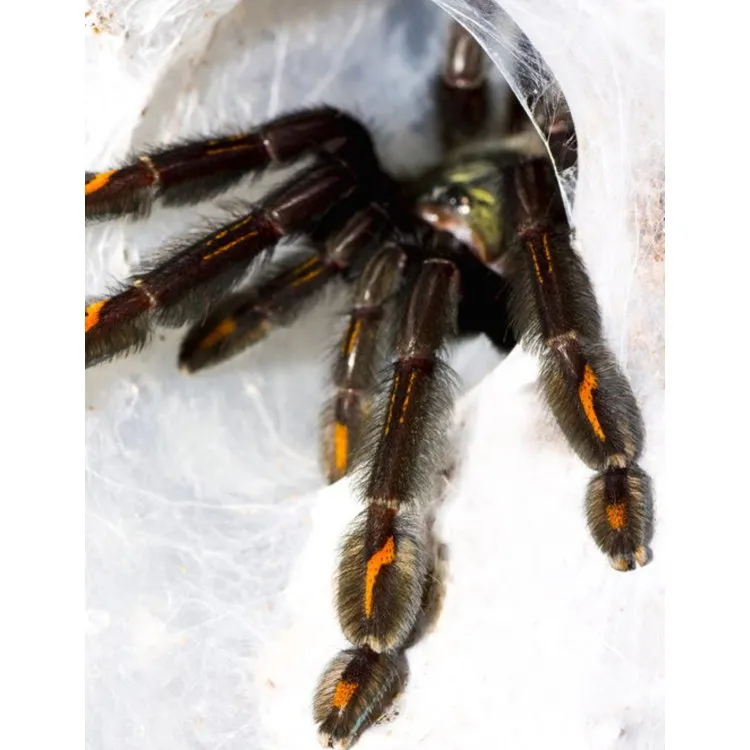
Providing the proper temperature and lighting conditions is essential for a tarantula’s health. Tarantulas are ectothermic, meaning they rely on external heat sources to regulate their body temperature. Lighting also plays a crucial role in the tarantula’s behavior and overall well-being. Understanding the specific requirements of your tarantula species will ensure a healthy and thriving environment. Temperature and lighting need to be adjusted based on the species’ natural habitat. Avoid direct sunlight, as it can overheat the enclosure and stress the tarantula.
Temperature Regulation
Maintaining the correct temperature range is crucial. Use a heat pad or ceramic heat emitter to provide a consistent heat source. Avoid using heat lamps, as they can dry out the enclosure and cause burns. The enclosure temperature should be monitored regularly with a thermometer. Temperatures should be maintained within the species’ requirements. Check the heat source and its placement to ensure it is safe and effective. The heat source placement should allow for a thermal gradient, enabling the tarantula to regulate its body temperature. Properly managing the temperature will ensure the tarantula remains healthy and active.
Lighting Needs
Tarantulas do not require special lighting, and often, a regular room lighting cycle is adequate. Direct sunlight can be harmful. Avoid placing the enclosure in direct sunlight, as it can cause the enclosure to overheat. If artificial lighting is necessary, use low-wattage bulbs. Provide a consistent light-dark cycle to mimic natural conditions. The lighting needs of your species will inform your decision, and it is important to mimic the natural lighting cycles. While lighting is not crucial, it should not be overlooked, as it can impact behavior. Provide appropriate light levels to maintain the tarantula’s natural circadian rhythm.
Feeding and Handling Tools
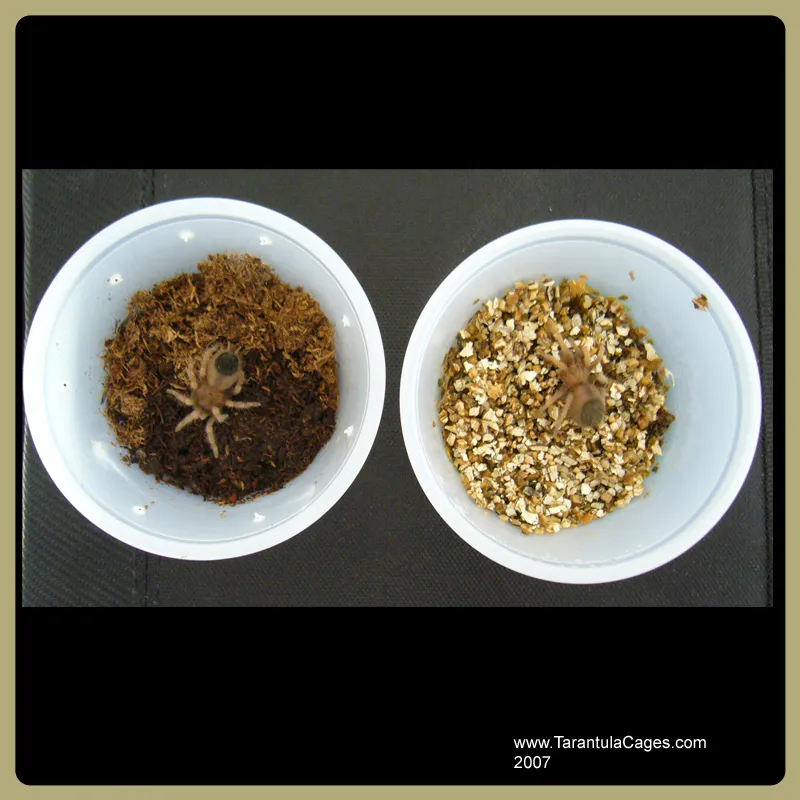
Essential tools are needed for safe and efficient tarantula care, including feeding and handling. Feeding tools ensure you can deliver food safely. Handling tools promote a safe experience for both the keeper and the tarantula. These tools must be carefully chosen. Handling and feeding tools minimize any potential risks associated with caring for a tarantula. Proper tools also reduce the likelihood of stress or injury to the tarantula and the keeper. The right tools contribute to a safe, and stress-free environment, for both the keeper and the tarantula.
Feeding Tools
Feeding tools help deliver food safely and cleanly. Long tongs or tweezers are excellent for offering food without placing your hand in the enclosure. The tongs allow you to pick up the food and present it to the tarantula. Feeding dishes can be used to provide insects or pre-killed prey. Remove any uneaten food within 24 hours to maintain cleanliness. Tongs should have a secure grip to prevent the food from falling out. Feeding is a critical element of care, so having the right equipment ensures that your tarantula receives the correct nutrition. Proper tools also help maintain the hygiene of the enclosure.
Handling Tools
While it is not recommended to handle tarantulas regularly, having tools on hand can be very helpful. A soft brush can be used to gently guide the tarantula if necessary. Clear containers or cups can be used for moving the tarantula safely. Remember, tarantulas are delicate, and handling should be minimized. When handling is unavoidable, handling tools help minimize the risk of injury or stress to the tarantula. Safety should always be the priority. These tools are used when cleaning the enclosure or performing necessary maintenance tasks. Handling tools contribute to safe care routines.
